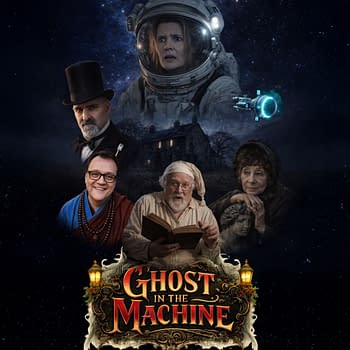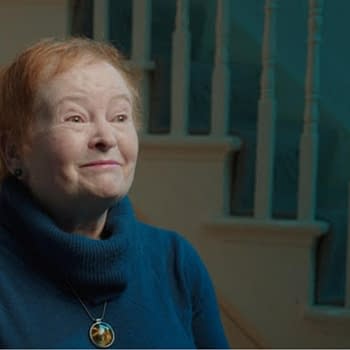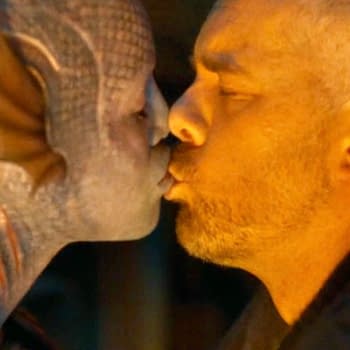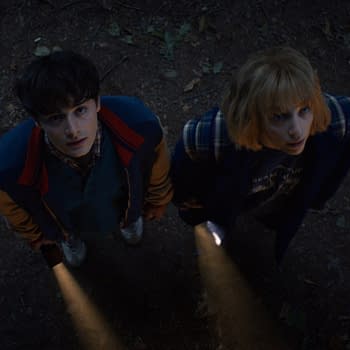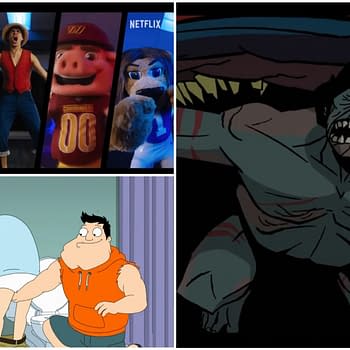Posted in: BBC, Disney+, Doctor Who, TV | Tagged: bbc, disney, doctor who, Ncuti Gatwa, russell t davies, steven moffat
Doctor Who: Smaller Budgets Can Bring About Some Truly Creative Ideas
Faced with a low budget, Doctor Who has made some surprising and creative decisions over the years. Will the show be returning to those days?
Article Summary
- Doctor Who has thrived on creativity due to low budgets, embracing innovative solutions.
- Low-budget roots gave us iconic visuals like the TARDIS and Daleks to compete with lavish US productions.
- Steven Moffat shares how budget constraints led to creative character development in recent episodes.
- Fans debate if Doctor Who's charm will change with Disney+'s bigger budgets versus scrappy innovation.
Doctor Who has always been a strange, scrappy little TV series, a kind of Frankenstein's monster cobbled together from spare parts left lying around the scrapyards of pop culture. The original makers didn't set out to make Art or even a television milestone. Then Head of the BBC Sydney Newman, tasked producer Verity Lambert with producing a fun time travel show to entertain kids who could watch with their parents that would teach them about history and science as well. Then it became a hit with Daleks and monsters and the longest-running Science Fiction TV series in the world. What it never outran was the perception that it was a show low on Budget. "All great things in Doctor Who are the result of a budget cut," said former showrunner Steven Moffat at a Radio Times event. He was commenting on the recent Christmas special that he wrote, "Joy to the World," and how the character Anita came about.
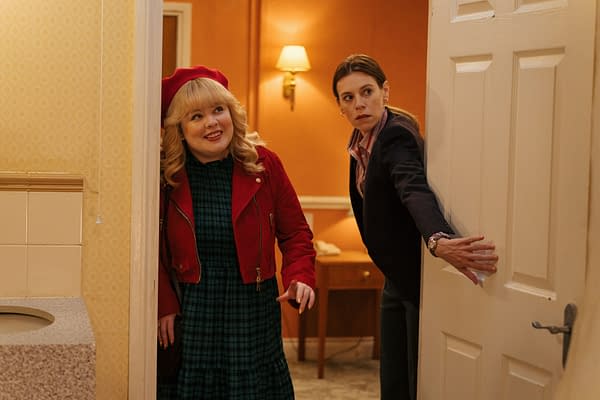
"The spaceship looks like a phone box. Why? Because of a budget cut," Moffat said with some glee. "That's exactly what Anita was because we couldn't afford to send Ncuti Gatwa around the world trying to find another hotel. So we just turned it into a little, not exactly romance, but a sort of quasi-romance with Anita. So Anita is a budget cut, but that means, in 'Doctor Who' terms, that means Anita is one of the best things that happened."
For decades, Doctor Who never shook the reputation that it had sets and monster costumes that looked like they cost £2.50. Giant monsters like the Loch Ness Monster looked like glove puppets. Some alien baddies looked like they were made from sheets of cellophane. British Science Fiction television in the 1970s and 1980s looked like it was in a losing battle against the slickness of Star Wars and Star Trek since Hollywood movies and shows always had more money. When Star Wars premiered at the cinema, its new state-of-the-art special effects reportedly made the makers of then-still-in-production Blake's 7 despair. They knew they couldn't compete. Yet the lack of money often drove British shows to find more creative solutions like the TARDIS looking like a common police phone box or the elegantly simple design of the Daleks.
Many fans now decry the Disney+ deal as Doctor Who selling out, that the larger budget has made the show feel less innovative, but Davies has argued that the money has enabled him to have bigger ideas and a bigger canvas to create the stories on to compete with American shows. The truth is there is never enough money for any movie or TV show. Every cent is always spent, and money always runs out. What some people miss is the sense of scrappy underdog innovation that defined Doctor Who for a long time. If Disney ended the co-financing agreement, would a reduced budget result in smaller, more intimate stories that are more surprising just because necessity is the mother of invention? We may or may not find out.




